10 Notable Anglo-Saxon Works Besides Beowulf
Explore ten notable Anglo-Saxon works apart from Beowulf, including Widsith, The Dream of the Rood, The Phoenix, and more. Delve into the literature of the Anglo-Saxon era, revealing insights into culture, religion, and historical events.
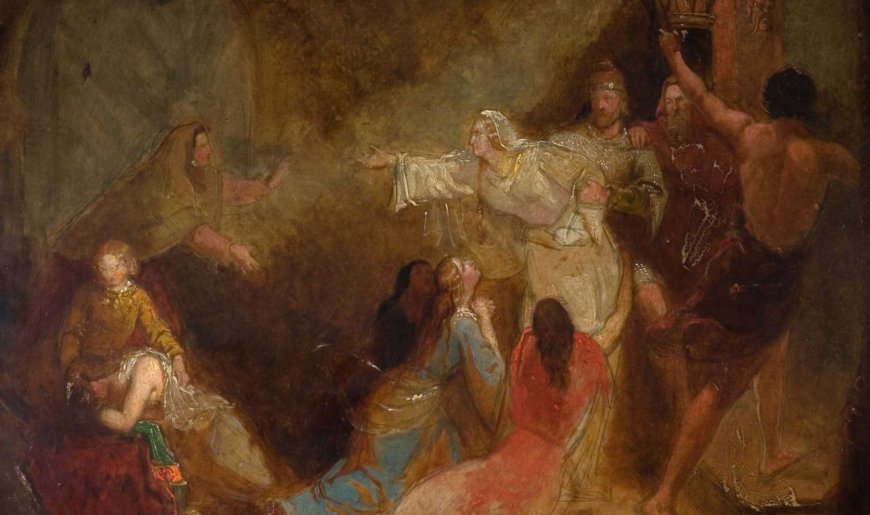
The Anglo-Saxon era produced numerous notable works alongside the renowned epic tale of Beowulf. While Beowulf is often hailed as a significant Germanic masterpiece, it is important to explore other remarkable works from this era. The literature of the Anglo-Saxon period, also known as Germanic narrative, reflects the ancient Anglo-Saxon community and is largely based on religious stories, the lives of religious figures, and tales inspired by Biblical accounts. The Bible served as the primary source of knowledge during that time, providing inspiration to the literary figures. Additionally, oral tradition played a crucial role in shaping Anglo-Saxon literature.
Here are ten notable Anglo-Saxon works, apart from Beowulf, that offer intriguing insights into the era:
1. Widsith
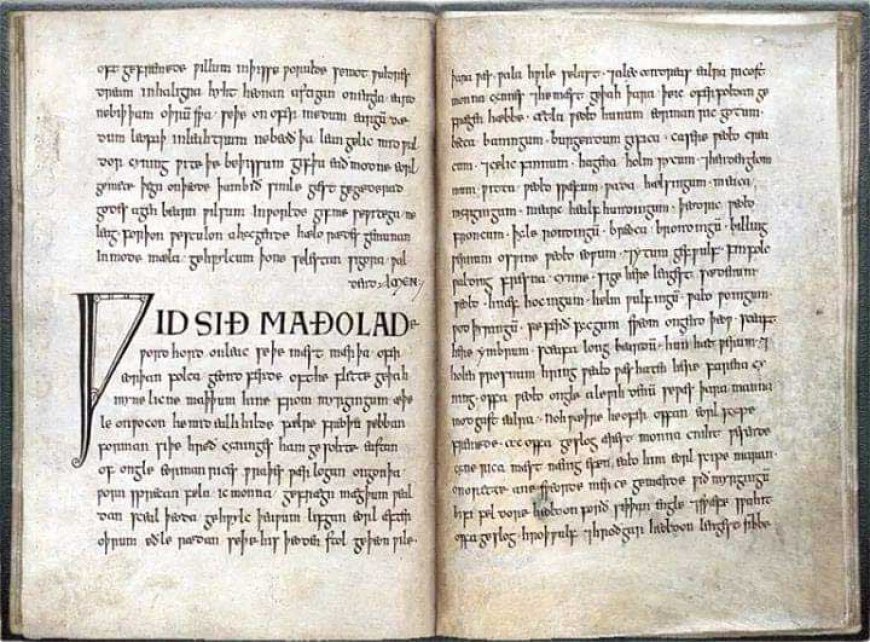
Widsith is a prime example of the oral courtly minstrelsy tradition found in Anglo-Saxon literature. The poem, attributed to a scop (a minstrel), provides a semi-autobiographical account of the scop's travels throughout the Germanic world. It mentions famous rulers and their courts, offering a glimpse into the Germanic world that later influenced Beowulf.
2. The Dream of the Rood

The Dream of the Rood is a visionary poem believed to be written by a poet influenced by Cynewulf, a prominent Anglo-Saxon poet. The poem, composed in dream form, describes a dreamer's vision of a radiant Cross adorned with gems and a young Hero who sacrifices Himself for humanity's redemption. It delves into religious themes such as the Heavenly Kingdom, salvation, and the dreamer's desire for deliverance from sins.
3. The Phoenix

Associated with the Cynewulf school of poetry, The Phoenix is divided into two parts. The first part draws inspiration from the Latin poem "De Ave Phoenice" and celebrates the beauty of the mythical bird, Phoenix, while describing an earthly paradise. The second part uses Phoenix as an allegorical symbol of Christ, exploring themes of moralistic life, death, and afterlife.
4. Ecclesiastical History of the English People
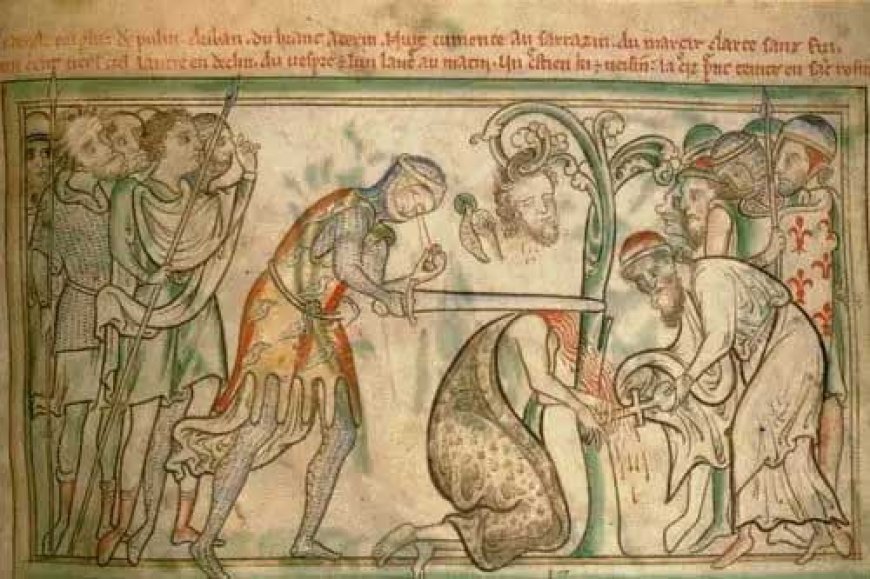
Written by Bede, a renowned ecclesiastical scholar and historian, this prose work recounts the miraculous gift of song bestowed upon Caedmon, a humble lay brother at Hilda's monastery. Originally composed in Northumbrian Latin, it was later translated into Anglo-Saxon by King Alfred. The work discusses Caedmon's singing, creation, biblical stories, teachings of the apostles, and religious concepts. It is considered a cornerstone of Anglo-Saxon religious poetry and a highly influential literary piece.
5. Sermon to the English

Delivered by Wulfstan, Archbishop of York, Sermon to the English vividly depicts the horrors and consequences of the Danish invasion. The sermon emphasizes the wrongdoings of the Danish invaders, highlighting betrayal, violence, destruction, and widespread immorality. Wulfstan uses these conditions to urge the people to seek God's grace and make necessary changes to save themselves from damnation.
6. The Riddles and Gnomic Verses

Found in the Exeter Book and British Museum Manuscript, The Riddles and Gnomic Verses may not hold as much literary significance as religious or historical works. However, they provide insights into the daily life, common beliefs, and opinions of the ancient Anglo-Saxon people, offering a glimpse into the Germanic lifestyle from the perspective of the common man and peasantry.
7. Anglo-Saxon Chronicle
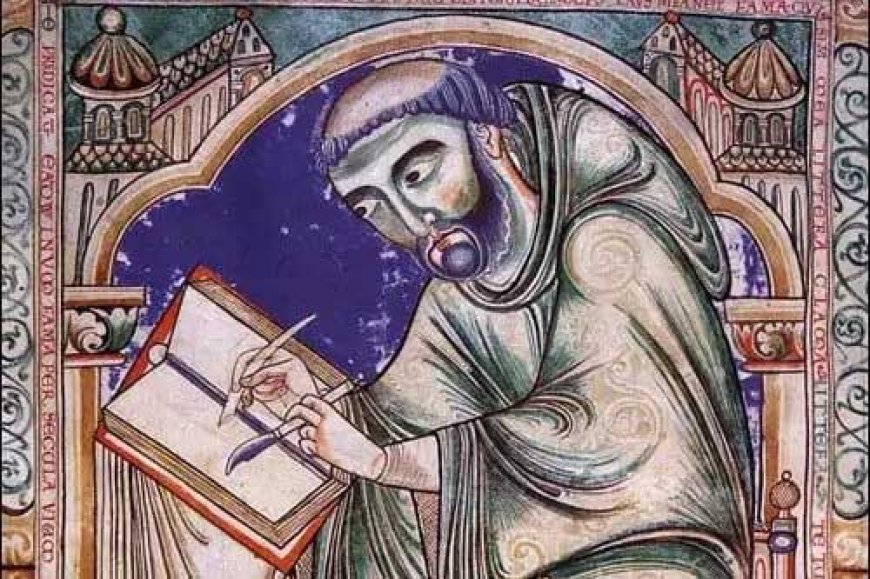
Commenced during the reign of King Alfred, the Anglo-Saxon Chronicle contains historical records from Julius Caesar's invasion to the middle of the fifth century and beyond. Written in the form of the old Anglo-Saxon poem Cursor Mundi, it chronicles the rulers, invasions, and events shaping England. The Chronicle also showcases the development of the English language from Old Anglo-Saxon to Middle English. It provides accounts of Danish and Norman invasions, England's relations with Scandinavia, and the effects of the Norman Conquest.
8. Genesis
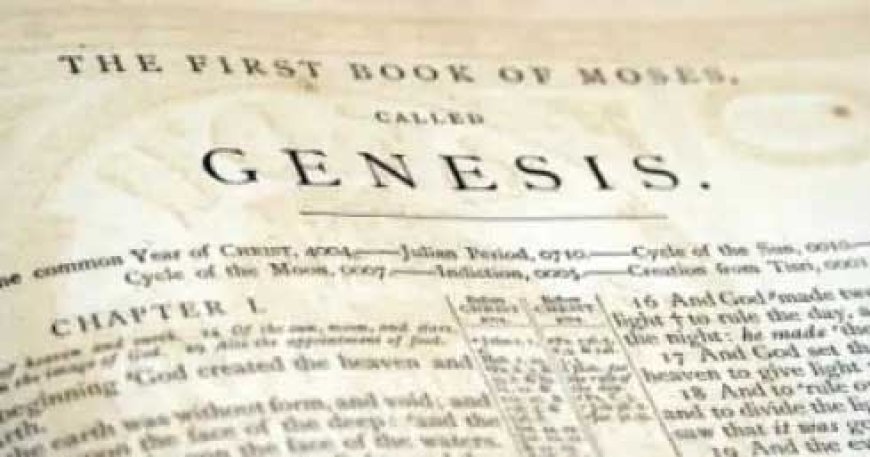
Recorded in the Junius manuscript, Genesis is the first of three poems based on the Old Testament. With approximately three thousand lines, it narrates the rebellion of Lucifer, his desire for a separate kingdom, and his subsequent expulsion from Heaven. Notably, there is a section called Genesis B, which features around six hundred lines in a distinct language and style. It focuses on the temptation and fall of Adam and Eve, as well as a detailed account of Satan's rebellion and exile.
9. Christ and Satan
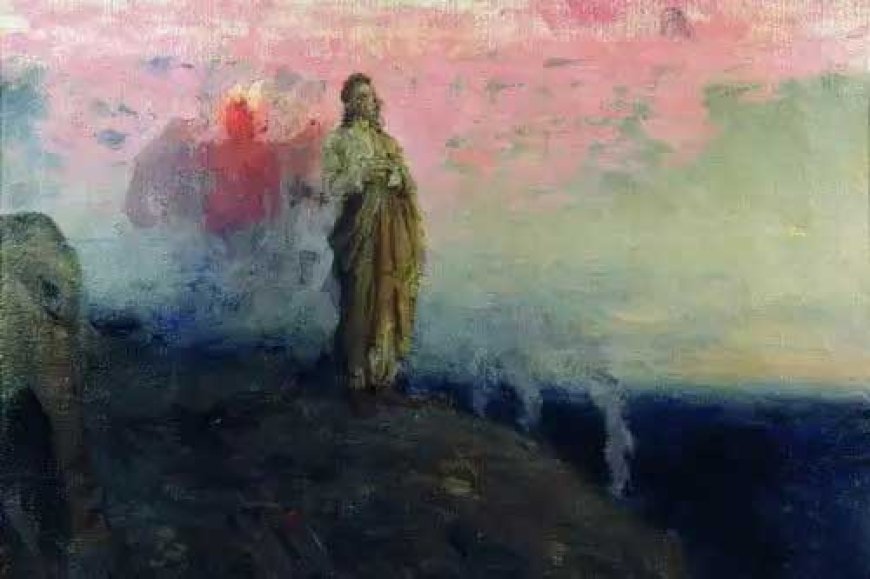
Also found in the Junius manuscript, Christ and Satan is believed to be a product of the Cynewulf school. The poem highlights the contrast between Heaven and Hell, good and evil, and the consequences of following Christ or Satan. While Genesis B portrays Satan as an insolent and defiant spirit, Christ and Satan depicts him as a lamenting soul in Hell, longing for the joys of Heaven. The poem is divided into two parts, emphasizing the disparity between following Christ and Satan.
10. De Consolatione Philosophiae

Written by the Roman philosopher Boethius and later translated by King Alfred, De Consolatione Philosophiae is a renowned philosophical work. Presented in the form of a dialogue between the author and personified Philosophy, it delves into topics such as God's governance of the world, the nature of happiness, vice and virtue, and God's knowledge of human free will. Although it is not directly influenced by the Bible or Christian events, the work presents Greek and Roman ethical ideas, exploring the concept of God's reconciliation with an imperfect world. Its philosophical nature made it highly valuable to medieval audiences, offering insights into human nature.
These ten works showcase the richness and diversity of Anglo-Saxon literature, shedding light on various aspects of the era's culture, beliefs, and historical events. Exploring these works alongside Beowulf enhances our understanding of the literary landscape during the Anglo-Saxon period.
What's Your Reaction?


























































